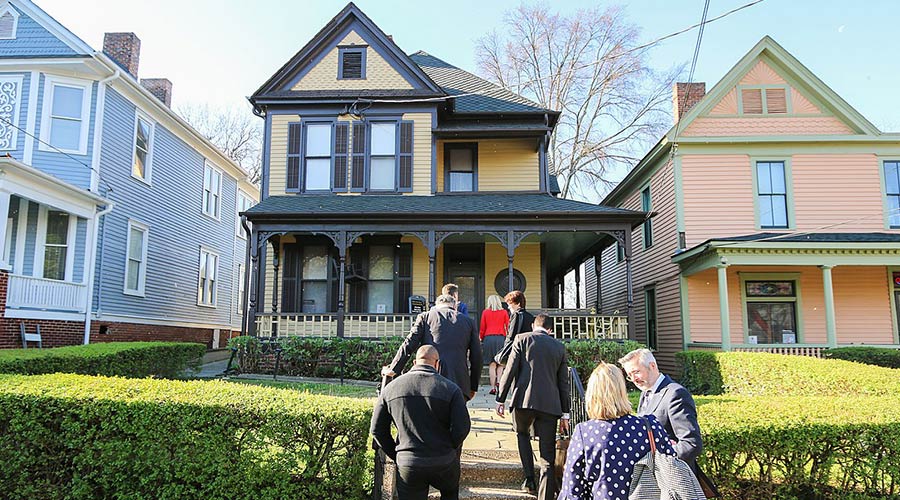Preserving Black history does not simply entail sharing stories and saving old documentation and images. It also means preserving Black historical sites. There are currently 95,000 sites listed on the National Register of Historic Places, and out of these places, a mere 2% focus on the experiences of Black Americans. Losing any of these sites not only affects the Black community today, but also impacts future generations who would wish to learn more about their ancestors and history.
Sadly, many of these historic sites are currently “endangered,” posing a critical need for preservation efforts. That is why it is more important now than ever to focus on preserving these historic sites. Below, we take a look at some of the top endangered historical sites in the U.S., along with the organizations and philanthropists working to preserve these places for future generations to come.
Top Endangered Historic U.S. Places
Across the U.S., there are dozens of endangered Black historical sites that are close to being lost forever. The following are three major Black historic sites that are highly endangered in the U.S.
Olivewood Cemetery, Houston, Texas
Established in 1875, the Olivewood Cemetery is the final resting place for many of Houston’s Black trailblazers, including Houston’s first Black alderman and co-founder of Emancipation Park, Richard Brock, educator and avid community leader, James D. Ryan, and Dr. Charles B. Johnson, who became known as “the singing dentist.” This cemetery sits on a 7.5-acre site and has more than 4,000 burials. Even though it is considered to be one of Houston’s most historic sites, over time, it has been neglected and ignored. This abandonment and Houston’s many floods have caused serious erosion and damage to tombstones throughout the cemetery. In 2022, it was named one of the U.S.’s 11 Most Endangered Historic Places by the National Trust for Historic Preservation.
Threatt Filling Station, Luther, Oklahoma
As its name suggests, Threatt Filling Station is a gas station located in Luther, Oklahoma, where many Black travelers stopped at along Route 66. Constructed by Allen Threatt in 1915, the gas station remains largely unchanged, with original gas pumps and all. During the 1900s, this served as one of the very few places where Black travelers could stop and were welcomed. In 1995, the National Park Service listed the Threatt Filling Station on the National Register of Historic Endangered Places due to the lack of care and preservation efforts for this site.
Sarah E. Ray House, Detroit, Michigan
Sarah Elizabeth Ray was a Detroit native and whose house continues to her house still stands as a monument to her activism during the Civil Rights Movement. As a Black woman, Ray was denied a seat on the S.S. Columbia by Bob-Lo Boats solely due to the color of her skin. She initially made a complaint with the National Association for the Advancement of Colored People (NAACP), where local courts ruled in her favor. After several rounds of appeals, in 1945 she won her case at the Supreme Court alongside attorney and future Supreme Court Justice, Thurgood Marshall. This case would set the precedent for the future Brown v. Board of Education case. Sadly, over the years, Ray’s house has become “endangered” due to the lack of upkeep of the property.
Robert F. Smith’s Dedication to Preserving Black History
Several organizations are working hard to preserve sites like these, including The King Center and National Park Foundation. Philanthropists are also taking charge to preserve these landmarks. For example, Robert F. Smith has been a long-time proponent of preserving Black history, especially historical sites in the U.S. He supports organizations like the National Park Foundation, where he helped preserve Dr. Martin Luther King Jr.’s childhood home in Atlanta, GA, in partnership with The King Center. In addition, Smith has made contributions to The National Museum of African American History and Culture (NMAAHC), which works to preserve Black history and help people explore their ancestry. In particular, NMAAHC established the Robert Frederick Smith Explore Your Family History Center, which takes visitors through the Black community history and genealogy.
Stay up to date with the latest Black historical sites that are being preserved by visiting the National Park Foundation website.
